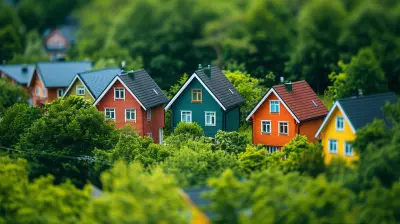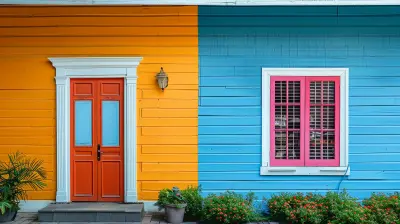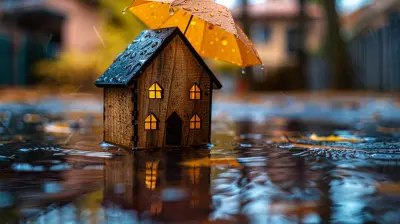The Integration of Renewable Materials in Luxury Home Design
7 August 2025
Let’s face it—luxury homes have always been about indulgence, style, and cutting-edge design. But lately, there’s another feature high-end buyers are craving: sustainability. Wealthy homeowners are rethinking what luxury really means, and guess what? It's not just champagne fridges and infinity pools anymore. It’s about living in a space that feels good, looks stunning, and does good for the planet too.
That’s where renewable materials step into the spotlight.
In this article, we’re breaking down how luxury home design is getting a green makeover—from reclaimed hardwood floors to bamboo walls and solar-integrated windows. If you’re building, buying, or just dreaming, this insight will give you a whole new perspective on what it means to live large, sustainably.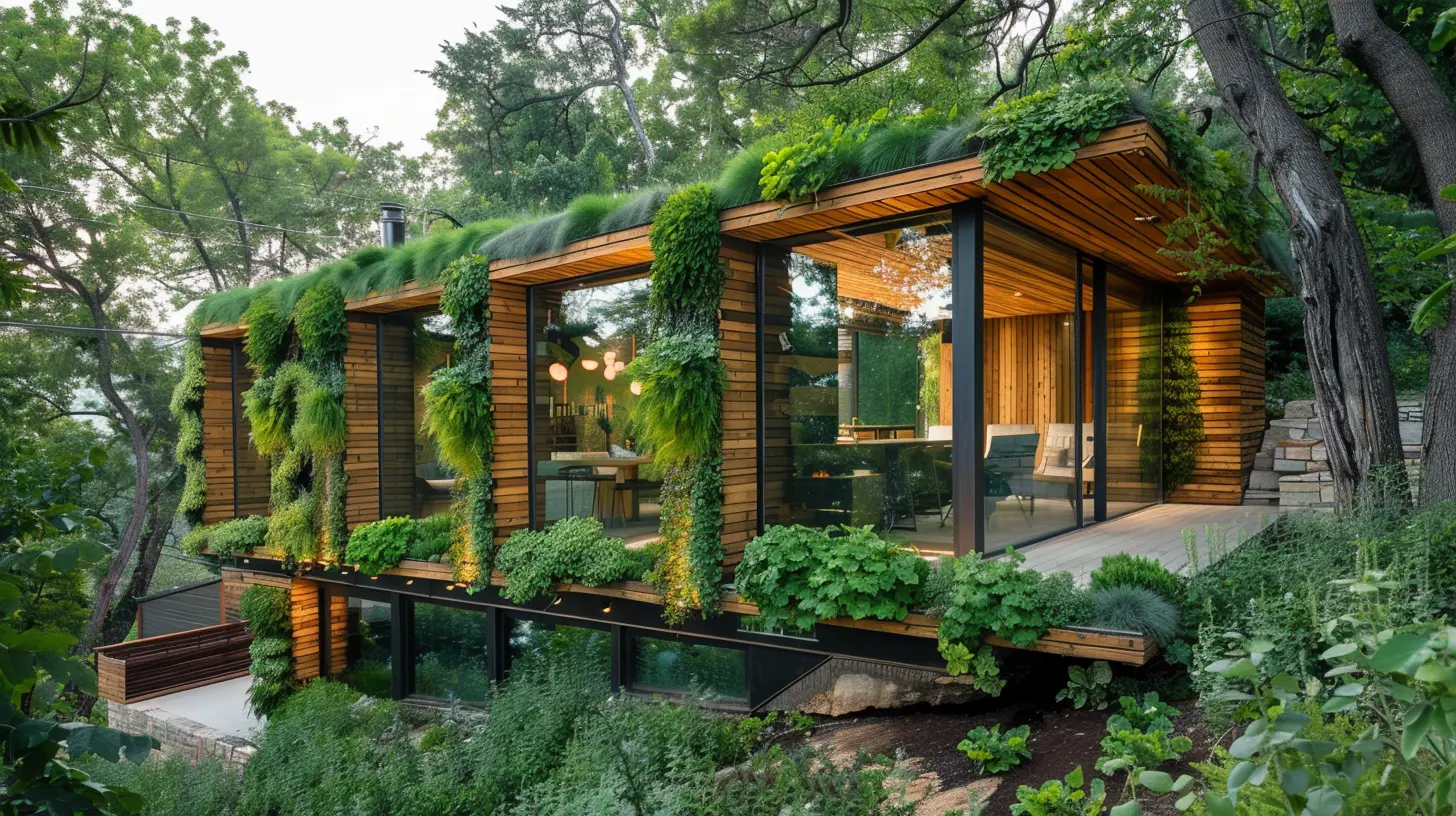
Why Sustainability is Taking Center Stage in Luxury Living
Let’s be real—climate change is no longer a backburner issue. Everyone is feeling its effects, and that includes those at the top of the real estate market. Luxury homeowners, especially Millennials and Gen Z, are increasingly looking for homes that align with their values, not just their wallets.So, what’s changed?
It’s not just about being eco-conscious. The integration of renewable materials actually enhances the aesthetics and value of upscale properties. Think of it as the perfect marriage of form and function—where beauty meets responsibility.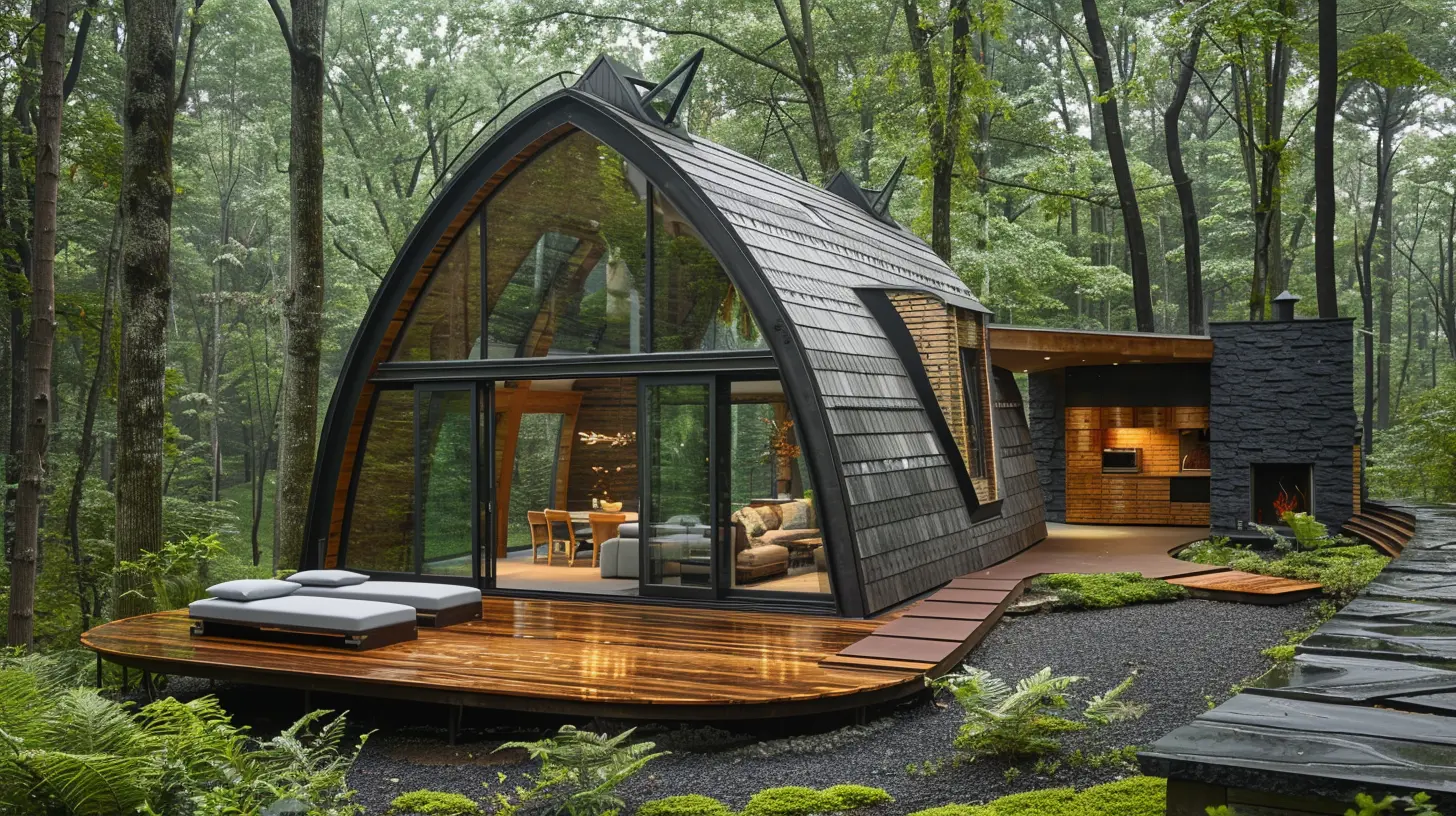
What Exactly Are Renewable Materials?
Before we dive into examples, let’s keep things clear. Renewable materials are those that can be naturally replenished over time—so we're talking fast-growing woods, natural fibers, and recycled components. Here's a quick list that shows up often in luxury builds:- Bamboo
- Reclaimed wood
- Cork
- Hempcrete (yes, hemp-based concrete!)
- Recycled metal and glass
- Rammed earth
- Mycelium (fungus-based insulation and materials)
These materials aren’t just “green.” They bring unique textures, warmth, and character to any high-end design that synthetic stuff can’t replicate.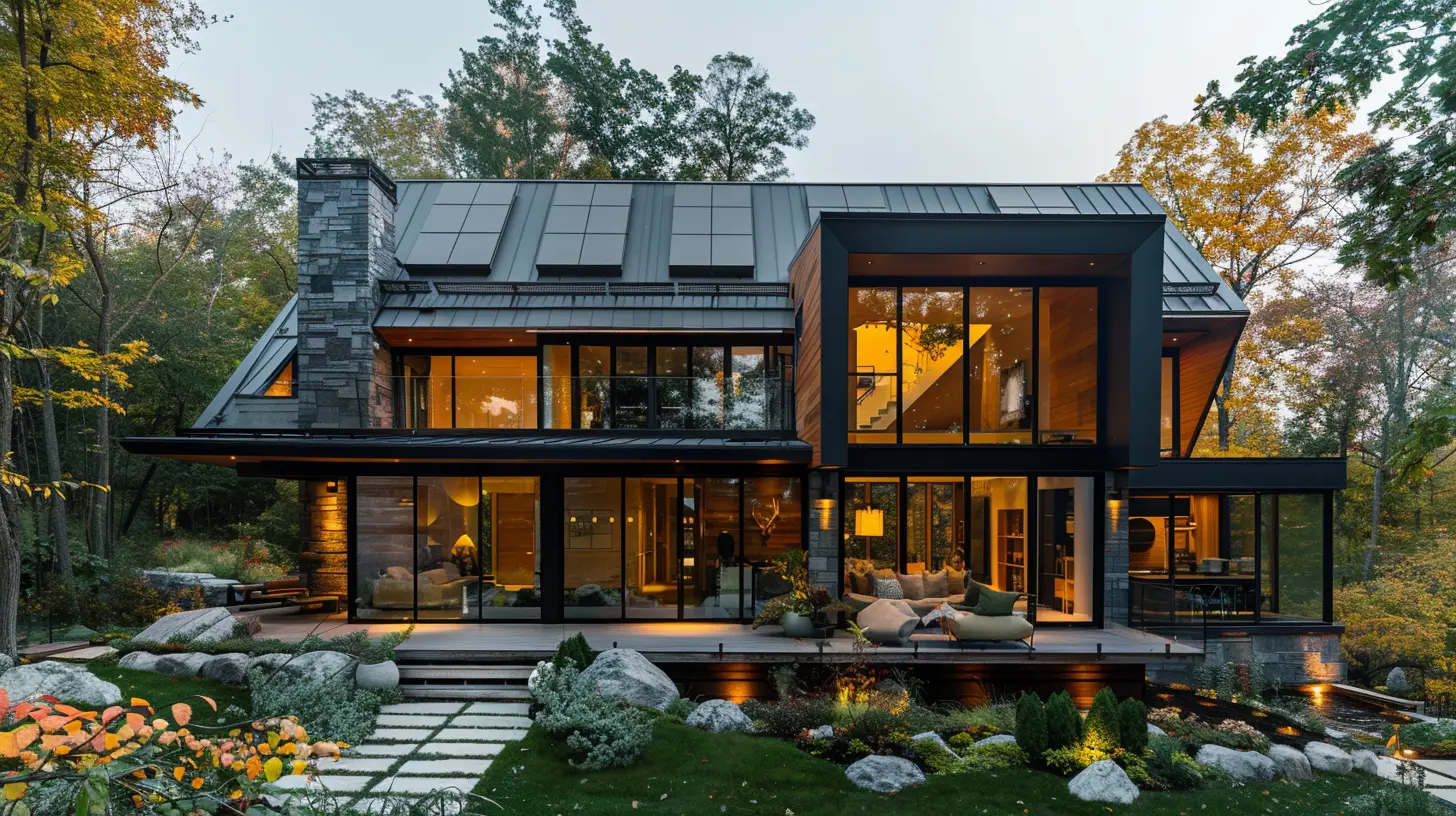
Bamboo: The Superstar of Sustainable Design
You’ve probably seen bamboo floors or furniture before, but in luxury homes? Bamboo is having a moment. Why? It grows incredibly fast—some species shoot up more than a meter a day. That means it’s super renewable.But beyond being speedy, bamboo is sturdy, stylish, and gives off a clean, zen vibe that fits right into minimalist or modern designs. Owners love it because it’s not just trendy—it’s timeless.
Where It’s Showing Up:
- Flooring- Cabinetry
- Wall panels
- Ceiling treatments
Plus, it’s hypoallergenic and moisture-resistant. So yeah, it’s not just a pretty face.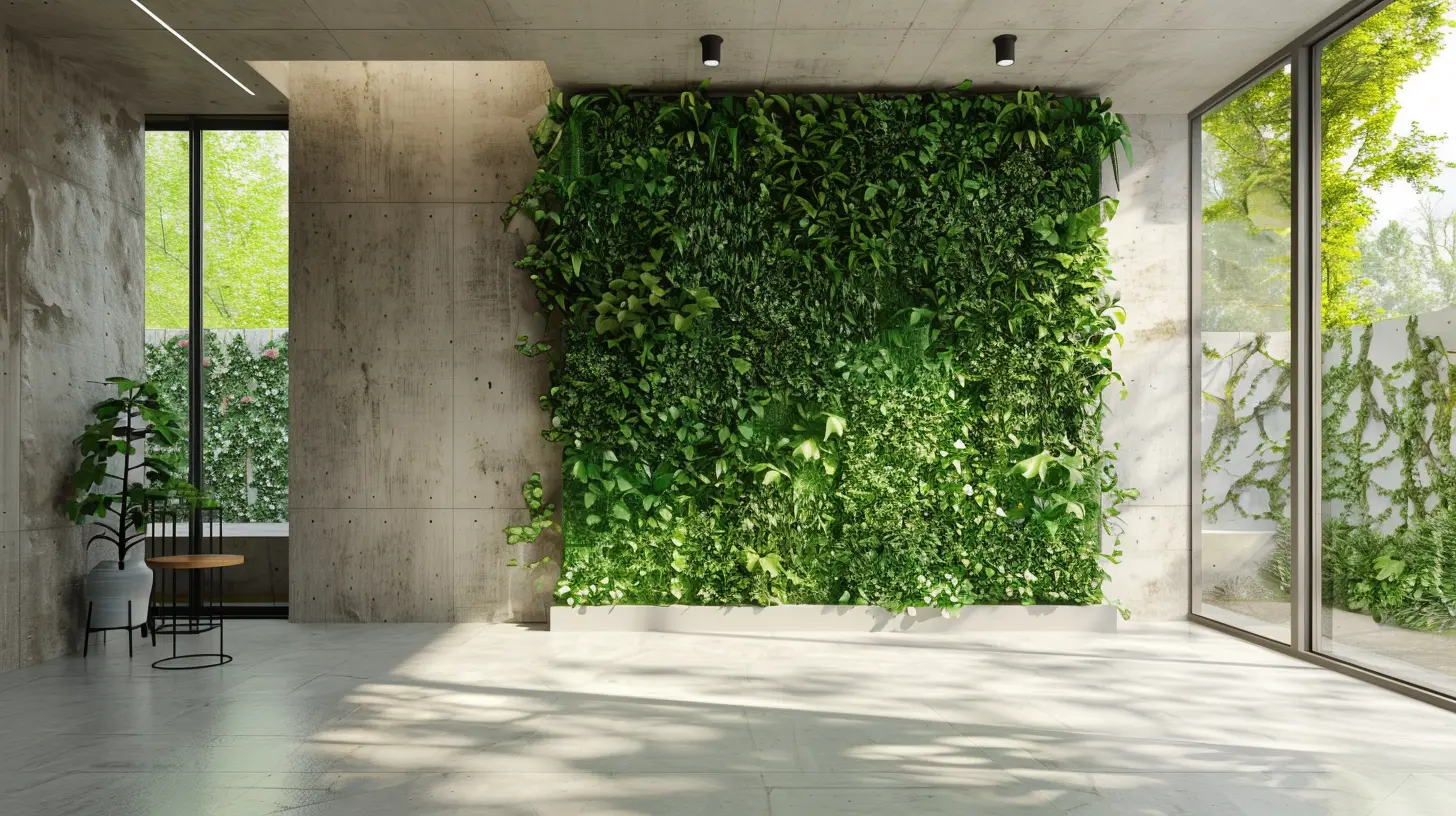
Reclaimed Wood: Old Soul, New Luxury
If bamboo is the speedster, reclaimed wood is the wise elder. Taken from old barns, wine barrels, or even shipwrecks, this material carries history with it. And that’s something money alone can’t buy.Imagine a dining table made from 200-year-old oak beams. Now tell me that doesn't scream luxury with soul.
Why Designers Love It:
- Each piece is unique- Reduces demand for deforestation
- Adds warmth and rustic charm
Reclaimed wood is being used for accent walls, staircase railings, exposed beams, and custom furniture. And because it’s often from old-growth trees, it’s more durable and dense than new wood.
Cork: The Underrated All-Star
Cork is like that quiet friend who turns out to be brilliant. Most people associate it with wine bottles, but in home design, it’s a game-changer.Harvested from the bark of cork oak trees (which regrows without harming the tree), cork is one of the most eco-friendly materials around.
Perks of Cork:
- Naturally insulating- Sound-absorbing (yes, perfect for home theaters)
- Resistant to mold and mildew
- Soft underfoot and slip-resistant
Designers are using cork for flooring, wall coverings, and even ceiling tiles. It’s particularly popular in modern homes that want warmth without the weight of traditional wood.
Hempcrete: Concrete’s Greener Cousin
This one’s for the science nerds—and those who love cool innovations. Hempcrete is made from the inner core of the hemp plant mixed with lime. It acts like traditional concrete but is way more sustainable and breathable.It also absorbs carbon dioxide during the curing process. Yep, it's literally helping clean the air while building your walls.
Why It’s Making Waves:
- Fire-resistant- Non-toxic
- Superior insulation
- Naturally pest-resistant
Luxury homes using hempcrete often blend it into exposed interiors for a raw, earthy look that's both chic and functional.
Glass & Steel—But Make It Recycled
Here’s a fun twist: recycled materials aren’t just for budget building anymore. In fact, using recycled glass, steel, and aluminum is becoming a signature element in upscale eco-homes.Imagine a sleek, custom staircase with recycled steel or a statement chandelier made entirely of tinted, repurposed glass. It’s both elegant and ethical.
Key Benefits:
- Drastically reduces environmental impact- Can often be customized more easily than virgin materials
- Blends beautifully into modern and industrial designs
Even countertops are getting a glow-up with recycled glass embedded in concrete or resin. It’s like terrazzo—but with an eco-conscience.
Rammed Earth: Ancient Meets Avant-Garde
This one feels like something out of a design magazine in the best way possible. Rammed earth walls use compacted soil to create large, solid walls that are naturally insulating and stunning to look at.They have this natural gradient of color and texture that gives your home a sculptural, monolithic feel.
Why It’s Luxe Now:
- Surprising texture and aesthetic- Keeps homes cool in summer, warm in winter
- Ultra-durable (some structures last centuries!)
This is one of those “don’t knock it 'til you’ve seen it” materials. When paired with minimalist furnishings and open-concept designs, it’s the definition of understated luxury.
Renewable Materials in Kitchens and Bathrooms
Kitchens and bathrooms often get overlooked in eco-design chats, which is bananas because they use the majority of water and electricity in the home. Incorporating renewable materials here can have the biggest impact.Think:
- Bamboo cabinetry
- Recycled glass countertops
- Cork or reclaimed wood flooring
- Low-VOC, renewable resin backsplashes
These spaces become not just functional, but showcases of how sustainability can be luxurious. Your morning routine? Way more inspiring when you’re surrounded by beauty that doesn’t cost the Earth—literally.
Windows, Insulation, and Roofing: Not the Flashiest, But Crucial
You probably don’t dream about insulation or roofing shingles—but you should. The materials used in these “invisible” areas make a massive difference.Go-To Sustainable Options:
- Wool and cellulose insulation- Solar shingles (yep, they generate power while protecting your home)
- Triple-pane windows with wood-fiber frames
These features are often built right into luxury homes now, especially in LEED-certified builds. Not only do they make your home more efficient, but they're also wins when it comes to resale.
The Business Case for Renewable Luxury
Okay, let’s talk money. Because as much as eco-living sounds great in theory, you’re probably wondering: does it actually pay off?Short answer: Absolutely.
Luxury homes built with renewable materials tend to:
- Sell faster
- Demand higher prices
- Attract more high-net-worth, eco-aware buyers
- Qualify for tax breaks, incentives, or energy rebates
On top of that, smart buyers know sustainable homes are future-proof. As regulations tighten and energy costs rise, having a net-zero or low-impact home is like holding a golden ticket.
Challenges and Misconceptions
No journey is without hurdles. Using renewable materials in luxury homes does require careful planning. Some myths that still float around:- “It all looks the same.” Nope—renewable materials are wildly diverse in appearance and texture.
- “It’s more expensive.” Not always. Long-term savings on energy and maintenance often outweigh initial costs.
- “It’s hard to maintain.” Most are actually more durable and low-maintenance than conventional materials.
The trick? Work with designers and builders experienced in green design. It makes a world of difference—literally.
Final Thoughts: Luxury Is Evolving
The definition of luxury is shifting from “look what I have” to “look how I live.” Homeowners are trading marble for mycelium, and granite for glass—not because they’re cutting back, but because they want their home to reflect a future they believe in.If you're dreaming of a home that makes a statement—both stylistically and ethically—renewable materials are your secret weapon.
Be bold. Build beautifully. And remember—luxury doesn’t have to cost the Earth.
all images in this post were generated using AI tools
Category:
Home Design TrendsAuthor:

Kingston Estes
Discussion
rate this article
1 comments
Roman Matthews
What an inspiring read! Integrating renewable materials in luxury homes beautifully blends elegance with sustainability. It’s a fantastic way to create a brighter future while enjoying the finer things in life!
August 15, 2025 at 2:35 AM

Kingston Estes
Thank you! I'm glad you found it inspiring. Integrating sustainability with luxury is indeed the future of home design.
